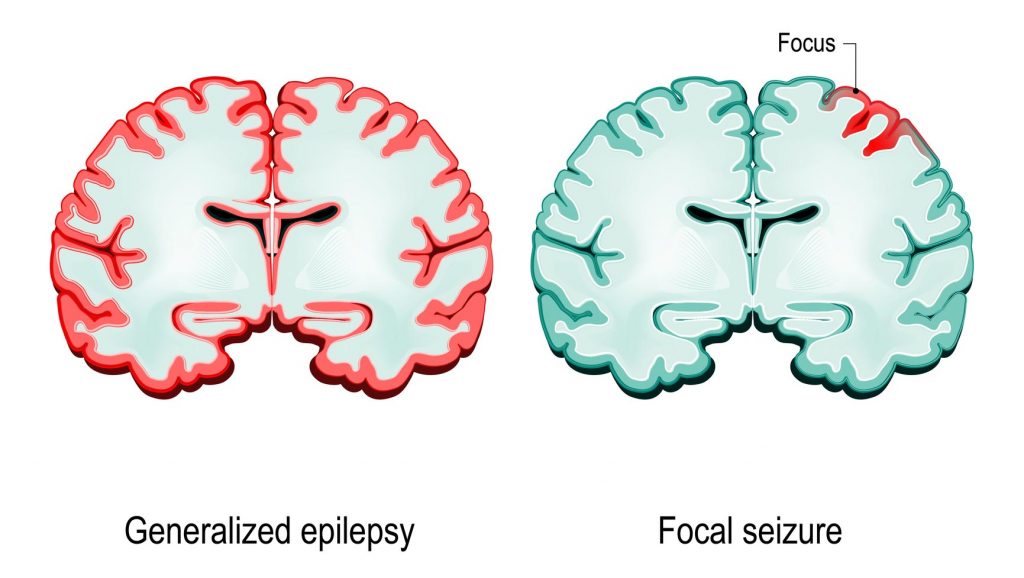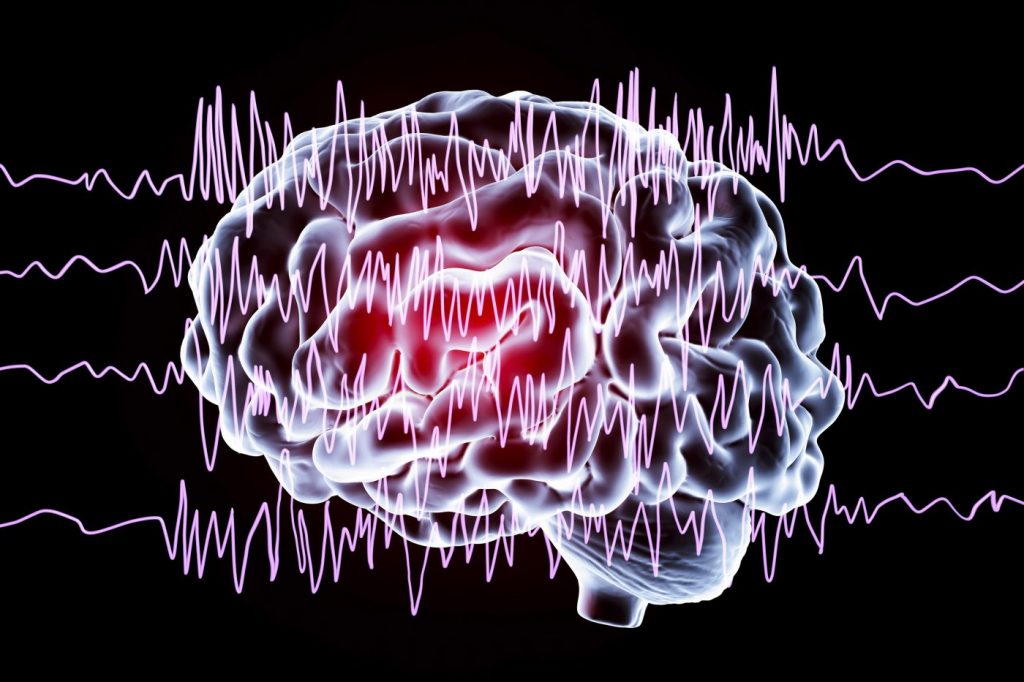7 Facts About Epilepsy
There are a lot of misconceptions and myths surrounding epilepsy, its causes and the impact it has on the life of sufferers. In this article, we’ll go over what epilepsy is and some hard facts of this relatively common neurological disorder.
What is Epilepsy?
In simple terms, epilepsy is a recurrent brain disorder that is typified by seizures. Most people have a vague understanding of seizures as uncontrollable spasms and muscle twitches, but those are the more extreme signs. Milder seizures are barely noticeable since you just lack awareness for the few seconds it takes for the sudden jolt of electrical activity in your brain to settle.
Epilepsy is fairly common, with the latest statistics pointing to roughly 65 million people affected by the disorder to some degree across the world. Anyone can develop epilepsy, but trends suggest a higher incidence in young children and older adults. There is also a slightly higher number of male sufferers compared to female sufferers.
There is no cure for epilepsy, but there are several effective medication and treatment plans to help control symptoms.

Types of Seizures
There are two generally accepted of seizures: Focal seizures and Generalized seizures. The difference between the two is which part of the brain is affected. Focal seizures affect a specific part of the brain, whereas generalized seizures will affect the entire brain.
Focal seizures are subdivided into:
Simple partial seizures that do not involve loss of consciousness, but may bring about alterations to smell, taste, hearing and sight, as well as dizziness and twitches.
Complex partial seizures do involve loss of awareness with the sufferer staring blankly, being unresponsive and performing repetitive movements like lip licking, or complete loss of consciousness for a certain amount of time.
Generalized seizures are divided into six broad subcategories, namely
- Absence seizures that look very similar to complex partial seizures
- Tonic seizures that cause muscles to stiffen and contract
- Atonic seizures that lead to loss of muscle control, causing sudden falls
- Clonic seizures, which are categorized by repeated muscle spasms in the face, neck and arms
- Myoclonic seizures where you will notice quick twitches in the arms and legs
- Tonic-clonic seizures, also known as ‘grand mal seizures’. This is the most serious of all seizure types and is characterized by stiffening of the body, loss of bladder control, shaking and loss of consciousness.
Common Epilepsy Facts
- Despite claims to the contrary, there is no physical way for someone having an epileptic fit to swallow their tongue. You should also not force someone having a seizure’s mouth open, since you could chip their teeth, injure their gums or, in extreme circumstances, break their jaw. Instead, simply roll them on one side, cradle their head and make sure they are breathing properly.
- Never restrain someone having a seizure. Most of the time, the fit will pass on its own after a few moments, and restraining someone who’s having a major seizure can cause injury to both the person and yourself.
- Epilepsy is not contagious. It goes without saying that since it’s not a disease, there is no way to catch epilepsy or transmit it to anyone else.
- Anyone can develop epilepsy. Adults are just as likely as young children to develop epilepsy. It can even be a sign of more life-threatening conditions like heart failure or stroke in older people. Other causes of epilepsy can include cranial trauma from accidents, brain infections like meningitis or high fevers, or alcohol and recreational drug overdoses.
- Epilepsy sufferers are otherwise as capable as non-sufferers when it comes to living their lives. While sufferers do have trouble moving during and immediately after a seizure, and some may be limited when it comes to driving or operating certain machinery, the vast majority have no physical limitations when not having a fit.
- Each person’s fit is different, but an epileptic will always have the same seizure. What we mean by this is that the same thing will happen to that person every time they have a seizure. This can be a good way for the sufferer to predict when a fit is coming and be able to take measures.
- Although very rare, epilepsy can be fatal. The usual causes of death are the still unexplained phenomenon of SUDEP (sudden unexpected death in epilepsy) and prolonged seizures, otherwise known as status epilepticus. This tends to be more common in people having a sudden-onset grand mal seizure.
Epilepsy is a condition that millions of people across the world have learnt to live with. We hope this article has given you a better understanding of what they go through. Share your views in the comments below.




